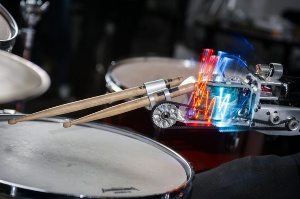
Ayla Networks to Make Internet of Things More User-friendly
Imagine the convenience of being able to measure your household’s use of water, find out why your smoke alarm is going off when you’re not home or check your insulin level, all with an app on your smartphone.
According to a report at Bizjournals.com, Internet of Things (IoT) platform provider Ayla Networks recently accrued $14.5 million in financing from Cisco and China’s SAIF Partners, among others. Ayla’s aim is to increase the agility of the IoT by working with service providers, manufacturers and consumers to provide a seamless combined implementation of services. This would allow consumers to use Ayla’s IoT platform to manage things such as water treatment, door locks, and monitor lighting and fire and safety systems.
World’s Fastest Circuit Board Modeled on Human Brain
Engineers from Stanford University in California have developed the world’s fastest circuit board modeled on the human brain. Neurogrid has the capability to simulate 1 million neurons and billions of synapses. This way supersedes any other device modeled on the human brain.
Neurogrid has many potential applications, including controlling prosthetic limbs with one single chip at the speed and accuracy of our natural actions or controlling a humanoid robot. The circuit board is currently the size of an iPad and contains 16 custom-designed “Neurocore” chips.
“Neurogrid is the most cost-effective effort developed so far, but each circuit board still costs about $4,000, so the researchers are now working to reduce the cost 100-fold. However, there’s still a long way to go in terms of matching the power of the human brain,” said Kwabena Boahen, associate professor in the Department of Bioengineering Stanford University in an interview with The Times of India.
High-tech Dogs to Aid Search and Rescue
Canines equipped with high-tech devices could be deployed within a disaster zone to work as a pack of roving sensors, to relay images and information about environmental hazards, according to researchers.
The specialized dog harnesses have built-in sensors and communication equipment to enable the dogs to aid in the recovery of disaster victims. Working in tandem with trained search and rescue dog-handlers, the canine team could be of particular benefit in urban terrains where speedy search and rescue is imperative.







